I’ve spent much of the past month with the Sigma 150-500mm F5-6.3 DG OS HSM supertelephoto zoom lens photographing birds along the New Jersey shoreline and in ponds in Central Florida and have come away with renewed appreciation for this variable-aperture telephoto zoom lens. The combination of supertelephoto reach with zoom versatility in a lens that only weighs about four pounds means it is easy to carry all day on photo hikes and easy enough for many photographers to handhold without a tripod or monopod.
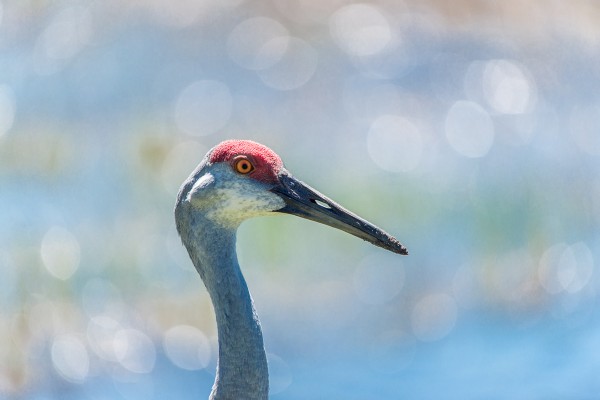
When I say I’ve rediscovered and have a new appreciation for this lens, here is precisely what I mean. For years, like many photographers, I could only bring myself to see the negative trade-offs when considering a variable aperture zoom lens. However, I now also can see and appreciate the positive trade-offs of the variable aperture zoom lens design, as well.
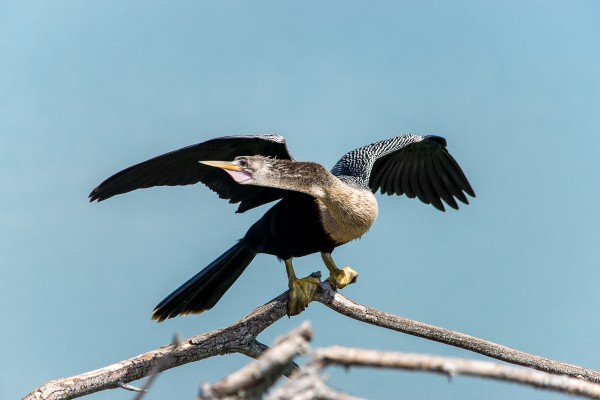
Variable aperture zoom lenses can be more compact in design than a similar focal range constant-aperture zoom lens. True, you do lose light-gathering power as you zoom to longer focal lengths, so shutter speeds must be adjusted accordingly, but the tradeoff in terms of overall portability is well worth it in many situations. Many of the photos shown here would have been missed outright if it weren’t for the grab-and-go nature of this compact supertelephoto lens.
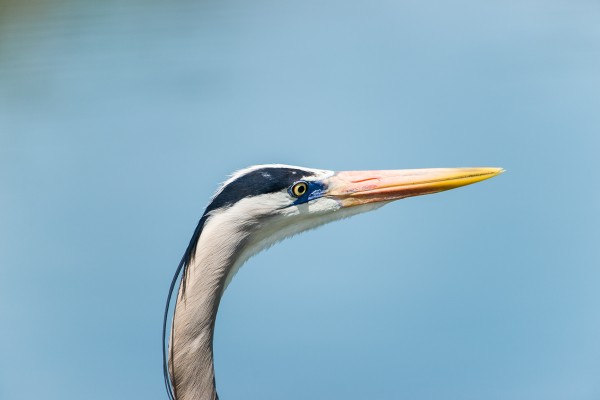
For comparison’s sake, the Sigma 500mm F4.5 lens weighs just about seven pounds and is best used with a tripod or monopod in most situations. True, the 150-500mm at 500mm is a full stop slower, meaning the difference in shutter speed with the lens wide open is twice as long (for example, 1/1000 at F4.5 is equivalent exposure to 1/500 at F6.3). You could also add the 1.4x teleconverter to the 120-300mm F2.8 for a constant-aperture F4 168-420mm zoom for a similar range, but again, this combo weighs over seven pounds in the hand and is a lot heavier to haul around. But for daytime usage, from just past sunrise to just before sunset on most days, the F5-6.3 maximum aperture is bright enough to stick to lower ISOs.
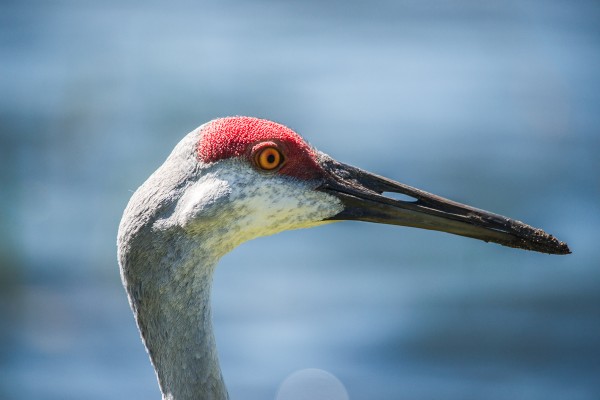

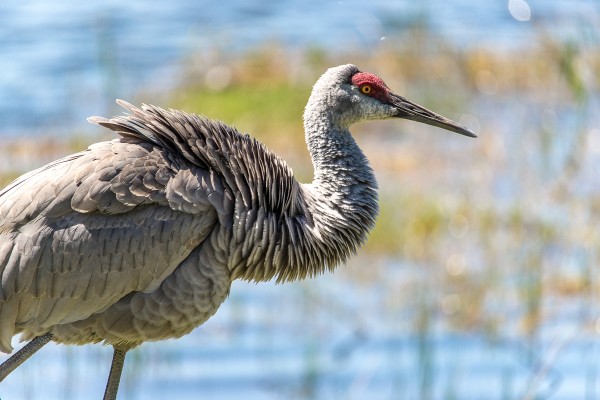
For the most part, I found myself sticking to the farther end of the zoom range, occasionally creeping back from 500mm on those occasions when I was able to get amazingly close to some of the birds in Florida. As a native of New Jersey, I am always startled at how many birds apparently have a smaller zone of comfort in Florida! For example, at one point, I was less than ten feet from a trio of Sandhill Cranes on the shoreline of an unnamed pond at the starting hole of a golf course in The Villages, which allowed me to add these beautiful birds to both my birding life list and bird photo portfolio in dramatic fashion!
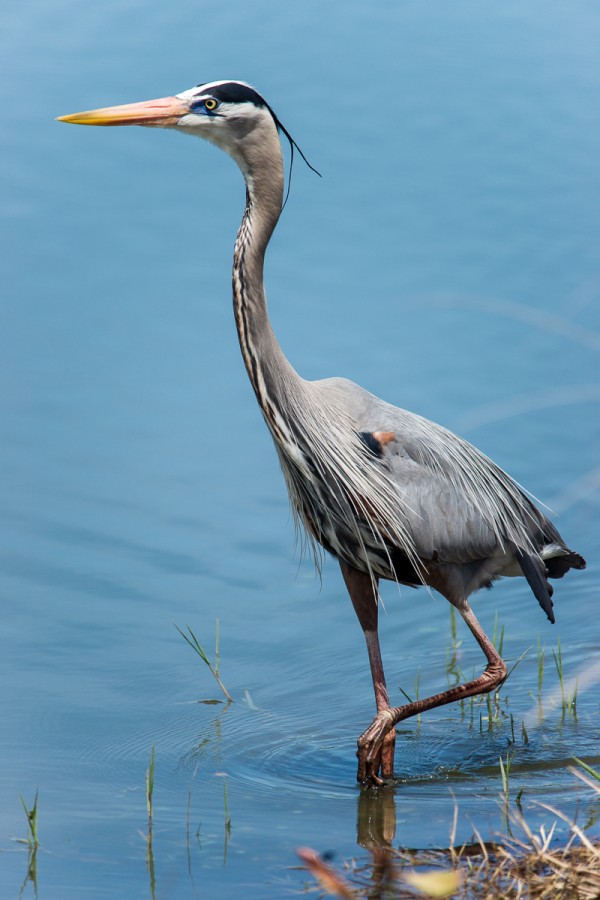
And even birds that are very skittish in my normal Jersey stomping grounds, like Great Blue Herons, allowed me to get much closer in Central Florida. Thanks to the reach and range of the Sigma 150-500mm F5-6.3 zoom lens zoom lens, I was able to make the most of it and quickly zoom in and out as I followed these birds along the shorelines for tighter and looser compositions.
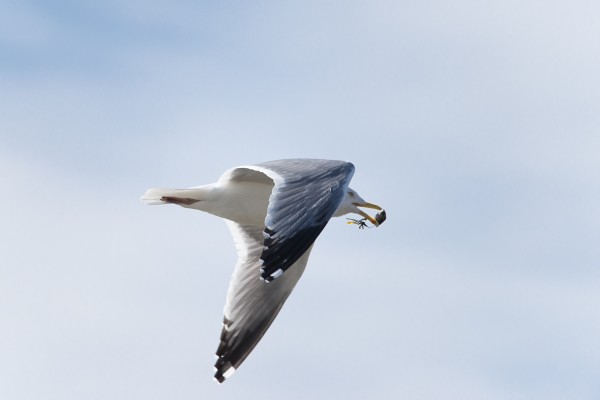
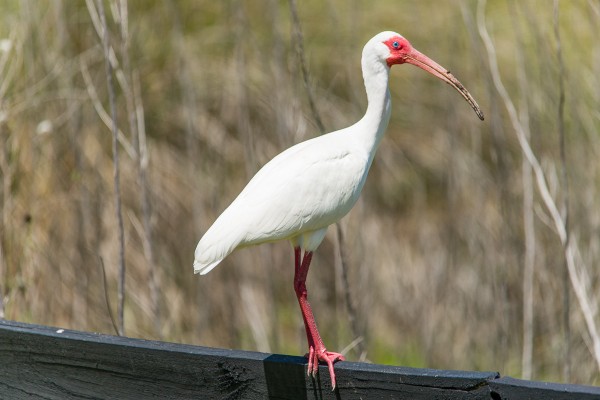
For birds, I almost always shoot at maximum aperture in order to keep the fastest shutter speeds, and crank up the ISO a little in challenging light. I was very pleased with focal plane sharpness, even wide open, at all focal lengths and focal distances. Since I wanted to keep my shutter speeds as fast as possible—most of the photos shown here were captured at 1/1000 or higher by cranking up the ISO when necessary—I didn’t use Optical Stabilizer much while making these photos. (OS is better suited to limiting camera movement during slow exposures than freezing moving subjects. Learn more about how and when to use OS here.)
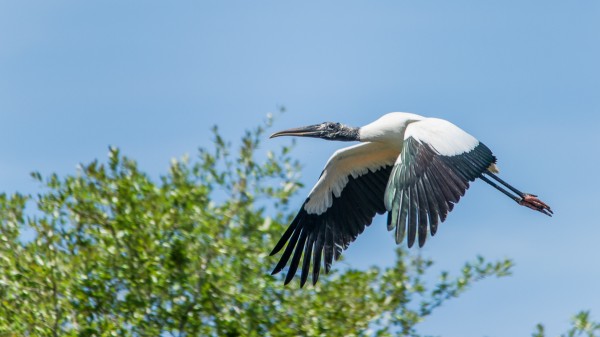


As a photographer, I’m definitely now older, and perhaps even a bit wiser, too. When it comes to a versatile birding lens that’s grab-and-go easy for all-day use, this variable-aperture zoom combining reach and range in a very portable package is very likely to be my new go-to lens.
Read more Tips and Tricks for working with Supertelephoto lenses in this blog posting.

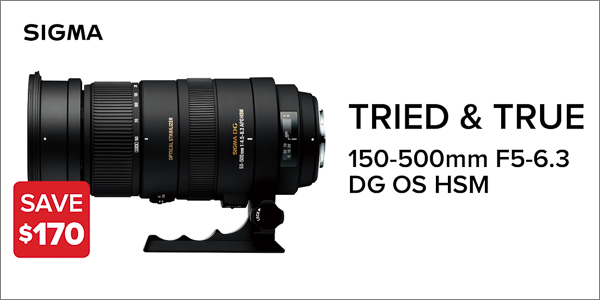
Were you using a tripod or monopod when taking these pictures? I have just got a 150-500 lens and took some pictures yesterday of an egret and the picture was not nearly as clear as I thought it would be. I also had a strange sort of hatched background blur. I had the OS on 1 and the f6.3 and 1/2500sec. I was holding the camera by hand and I must say it was quite a windy day.
I think at this time you already learnt how to manager your lens. Well, with such aperture and speed you need a tripod to get nice pix.